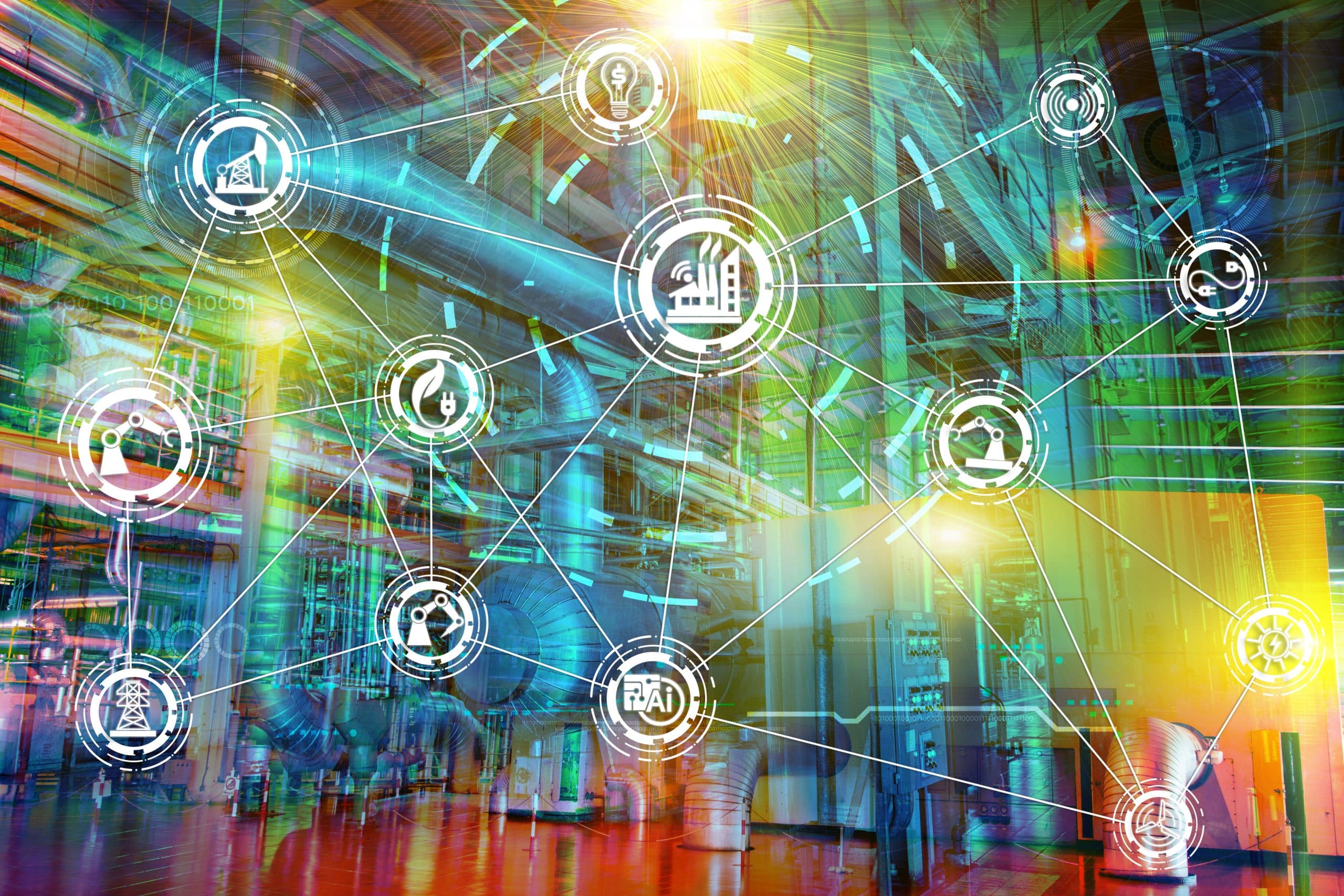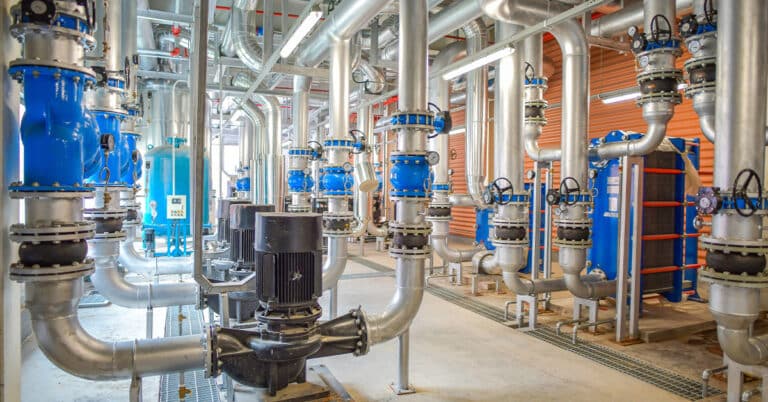For years, manufacturers have been investing in transformative industrial technology—but it isn’t about finding anything new, so much as learning how to apply what we have.
Sooner rather than later, we should begin to see a payoff in accelerated manufacturing efficiency. Companies are setting their sights on increased uptime, lower cost of goods, and higher profitability. Federal Reserve figures show that over the past 25 years, U.S. manufacturing productivity has grown 49%—and there is still significant room for growth. Here are a few manufacturing advancements that will have a profound impact on efficiency.
Sensors
Machine sensors have been around for nearly thirty years, but are just now becoming more prominent due to lowered costs. This is empowering factories to use the accumulated data in all sorts of ways. Plus, it’s estimated that by 2020, the amount of information available will increase as much as fifty-fold. At these levels, capabilities ranging from advanced predictive analytics to Artificial Intelligence (AI) will transform industrial production.
IIoT
As widely expected, the Industrial Internet of Things (IIoT) will lead the list of these enabling technologies. Automakers, for example, have seen improvements in system optimization, cost control, and customer experience due to IIoT efficiencies. Meanwhile, smart factories—facilities in which employees mainly operate systems and monitor activity—are expanding in number worldwide. Quality use cases and business strategies, combined with a new “digital generation” of technical workers, will help with implementation and data analysis.
Artificial intelligence
Artificial Intelligence (AI) is beginning to make its mark in factory equipment, as well: machine learning will be useful in MRO procedures, for example, for ensuring that the right processes are in place for scheduled maintenance and that completed tasks are properly tracked and reported. Overall Equipment Effectiveness (OEE) also increases with AI. As the number of sensors that measure machine performance and anticipate failures continue to appear, the opportunities will expand for AI to independently govern production.
Robotics
Robotics is nothing new, but its impact is mushrooming. In many places, robots are working hand-in-hand in the same cells as humans, thanks to new classes of robots that offer both dexterity and lifting capacity. This new era in robotics is helping offset the skills gap that continues to plague manufacturing by filling a need at both ends of the spectrum (for tasks that are either tedious or highly complex).
As the world eases into another year, many factors will support the continued investment in industrial technology. As such, it’s critical to have a strong business case in place for any technology investment. Most important is the need to instill a culture that accepts, appreciates, and leverages new systems. Technology, in and of itself, does not drive change—it only facilitates it. Without planning, the value of technology can diminish to nearly zero.
As a whole, however, technology’s ability to fill the skills gap, along with the maturation of supporting technologies, continued market demand, and newly-enacted tax incentives, all bode well for a huge step forward.






